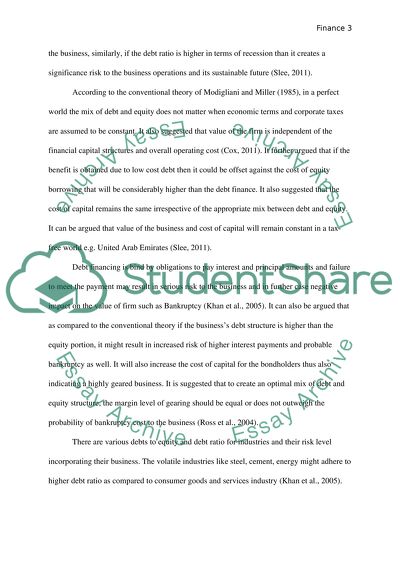Cite this document
(“Finance Term Paper Example | Topics and Well Written Essays - 1250 words”, n.d.)
Retrieved from https://studentshare.org/finance-accounting/1469283-finance
Retrieved from https://studentshare.org/finance-accounting/1469283-finance
(Finance Term Paper Example | Topics and Well Written Essays - 1250 Words)
https://studentshare.org/finance-accounting/1469283-finance.
https://studentshare.org/finance-accounting/1469283-finance.
“Finance Term Paper Example | Topics and Well Written Essays - 1250 Words”, n.d. https://studentshare.org/finance-accounting/1469283-finance.


